Scroll down for more
Addressing Integration and Compatibility Issues in Legacy Systems
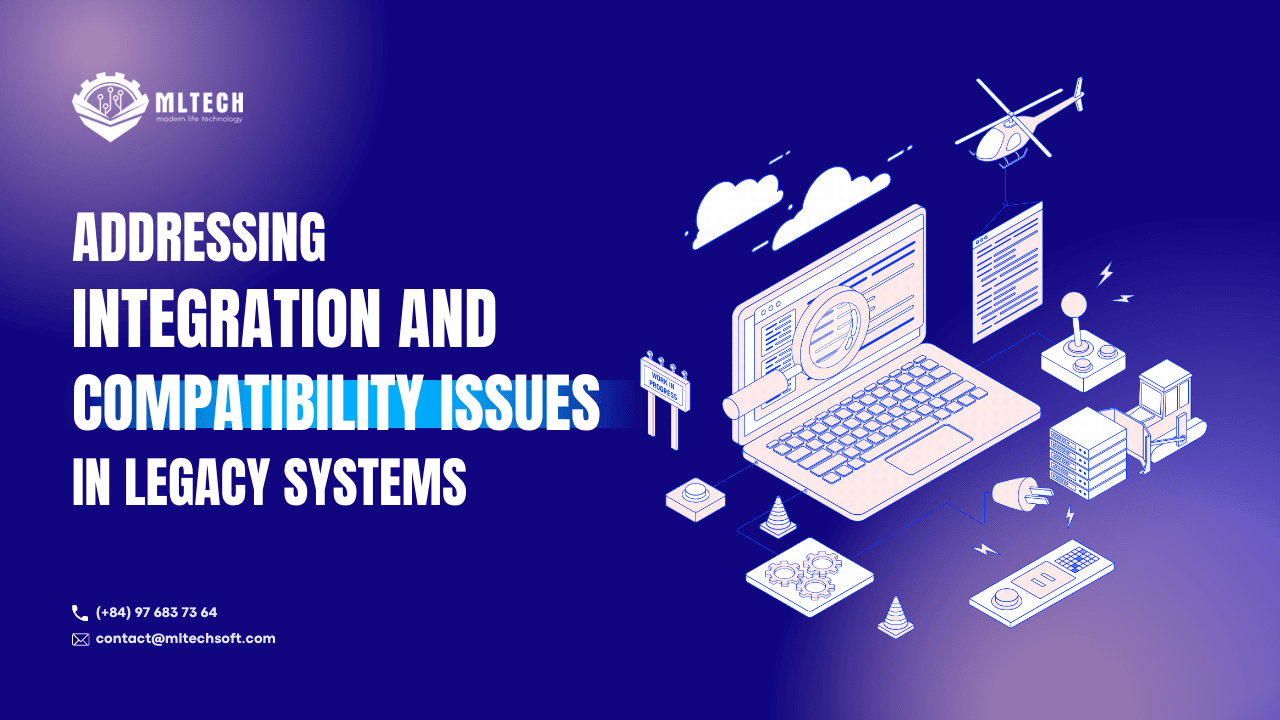
Understanding Legacy Systems and Integration Challenges
Define legacy systems and explain why they pose integration and compatibility challenges.
Legacy systems are outdated computer systems, software, or hardware still in use by an organization. These systems were developed many years ago and may use old versions and languages that are no longer in use. Legacy systems can be found in many industries, including finance, healthcare, transportation, and manufacturing.
Legacy systems face compatibility issues since they are traditionally not built to function with modern systems, applications, or platforms with more storage and faster processing speeds.
In addition, because of older documents, it is challenging to understand how legacy systems work and what data they process, so businesses cannot integrate legacy systems with newer systems.
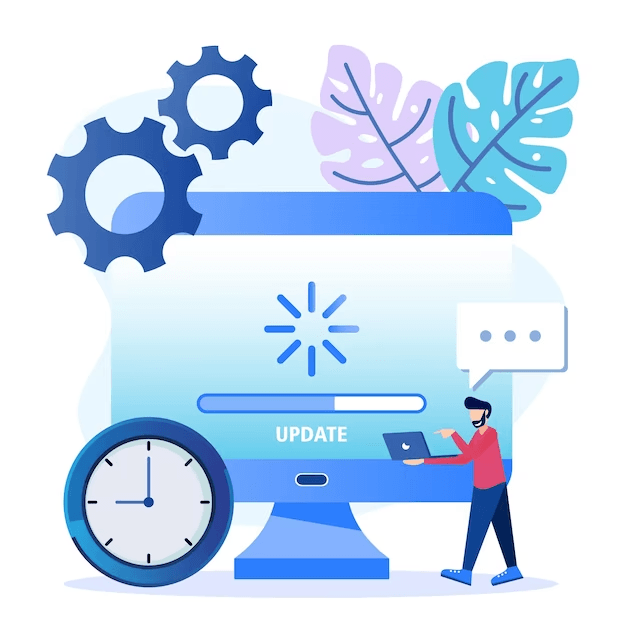
Discuss the common challenges that businesses face when it comes to integrating legacy systems with modern technology.
Some common challenges that organizations may face in integrating legacy systems with contemporary technology are:
-
Outmoded programming languages: Many legacy systems were built using outdated programming languages that are no longer used or have been replaced by newer ones. As a result, they get into trouble merging contemporary technology with out-of-date programming languages.
-
Lack of documentation: Legacy systems may be underdocumented, making it difficult to understand how they work and what data they process. This can make integrating legacy systems with modern systems or platforms difficult.
Strategies for Addressing Integration and Compatibility Issues in Legacy Systems
Discuss strategies for addressing integration and compatibility issues in legacy systems, such as:
Although legacy systems cause many integration and compatibility challenges, several strategies address these issues. Here are some specific approaches:
-
Conducting a technology audit: Through a technology audit, businesses can review legacy systems to identify integration and compatibility issues. Organizations can get more insights into their existing systems and determine which to improve.
-
Developing a phased migration plan for a phased modern technology migration strategy involves dividing the modernization process into smaller, more manageable steps. This enables organizations to prioritize and minimize the risks associated with large-scale system changes. Phased migration plans can also make it easier to link changes to stakeholders and guarantee that system updates do not disrupt vital business processes.
-
Adopting contemporary integration and compatibility tools and techniques: API gateways and microservices can assist firms in integrating legacy systems with modern technology. API gateways can provide a common interface for accessing legacy systems; meanwhile, microservices can break down complex legacy systems into minor, manageable parts that can be more easily integrated with modern ones.
-
Collaboration with technology specialists: If a company lacks experience with legacy system modernization, collaboration with technology experts will be the best option. They can counsel and advise organizations throughout the modernization process, allowing them to determine the best method for their specific needs and issues.
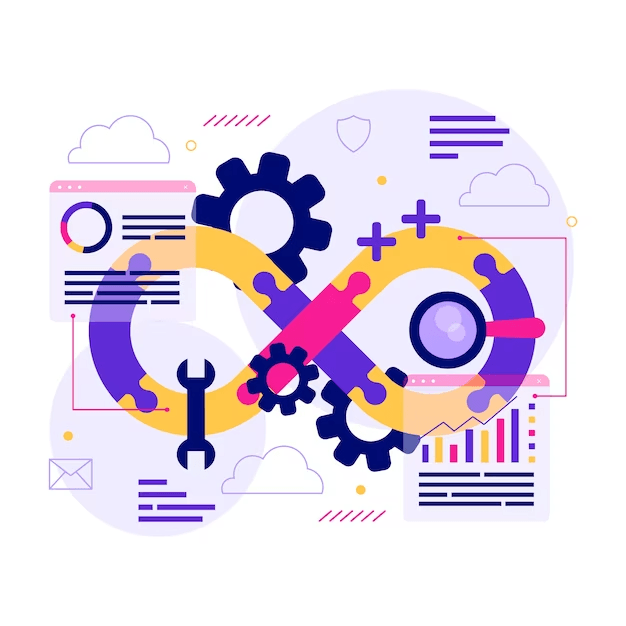
Provide real-world examples of successful legacy system modernization projects.
Legacy system modernization is a critical step that many organizations around the world, including Vietnam, are taking. Here are some real-world instances of legacy system modernization efforts that have been successful:
-
VietinBank: To update its core banking system, VietinBank embarked on a modernization initiative. The bank replaced its antiquated system with a modern platform that leverages cloud computing, big data analytics, and artificial intelligence to improve customer experience, increase efficiency, and lower costs.
-
Vietnam Airlines: Vietnam Airlines upgraded its reservation and booking system through a modernization initiative. SabreSonic, the new system, is a web-based platform that provides real-time booking, check-in, and flight information.
This modernization program aided Vietnam Airlines in improving customer satisfaction, lowering operational costs, and increasing revenue.
- American Airlines, like Vietnam Airlines, conducted a modernization initiative to enhance its reservation system, now offering real-time booking, check-in, and flight information. American Airlines' modernization efforts have improved the customer experience, reduced operating costs, and increased income.
These are only a few examples of successful legacy system modernization initiatives from around the world and Vietnam. Each of them required careful planning, teamwork, and a strong emphasis on addressing end-user demands.
Balancing Integration and Compatibility with Business Needs
Discuss the importance of balancing integration and compatibility with business needs, such as budget constraints and data security.
Many concerns, including budget limits and data security, must be carefully considered when undertaking legacy system upgrade projects. Businesses must balance these aspects to ensure the modernization project meets their needs.
Because modernization can be costly, businesses must determine whether the project is within their budget. This may necessitate prioritizing specific features or phases of implementation over time to manage expenses appropriately.
Another vital aspect of modernization efforts is data security. The new system must adhere to applicable data privacy and security rules and be built with these features in mind from the start. This could include encryption, access limits, and user authentication.
Provide strategies for balancing integration and compatibility with business needs.
It is significant to spot which systems are integrated and which features must be compatible with the new system. Prioritizing them based on business goals ensures the new system aligns with the organization's strategic objectives.
Conduct a cost-benefit analysis to evaluate the return on investment of legacy system modernization. It is important to assess the potential return on investment before starting the project.
Conducting a cost-benefit analysis can help organizations understand the costs and benefits of modernizing legacy systems and the associated risks.
Aside from these tactics, it is mandatory to include stakeholders in the design and execution of legacy system modernization projects. This helps guarantee that the new system fits the needs of end users and satisfies them while aligning with company objectives.
Ensuring data security and compliance throughout the modernization process
In any legacy system modernization project, data security and compliance are crucial. Here are some techniques for ensuring data security and compliance throughout the modernization process:
-
Undertake a security and compliance audit: Before launching a modernization project, it is critical to undertake a complete security and compliance audit to identify any potential risks and vulnerabilities.
-
During the modernization process, implement the following security and compliance measures: As the modernization project moves forward, it is critical to track metrics such as access controls, data encryption, and user authentication.
-
Security and compliance testing: Once modernization is complete, it is critical to conduct security and compliance testing frequently to ensure that the new system fulfills applicable security and compliance requirements and to detect and resolve any potential vulnerabilities.
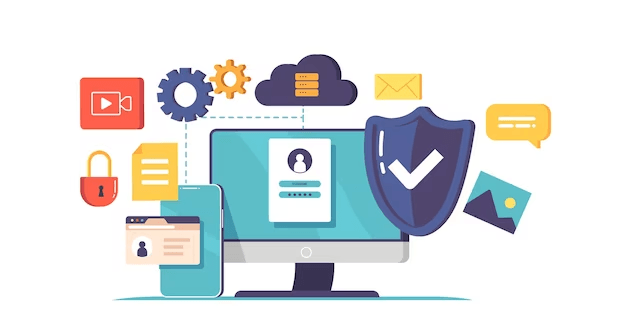
Overcoming Common Challenges in Legacy System Modernization
Discuss the common challenges that businesses face when modernizing legacy systems.
Because modernizing old systems is a complicated process for firms, common challenges such as:
-
Employees and stakeholders opposed to change: Workers and stakeholders may be content with the current system and may be opposed to changes to their workflows or business processes. This opposition can stymie the modernization process and lead to conflict among stakeholders.
-
Organizations may get bounded resources for modernization efforts since, as previously stated, updating legacy systems is costly. This could be due to insufficient funds, staff, or other resources required to accomplish the project.
-
Lack of technical experience in contemporary technologies: Legacy systems are frequently constructed on outdated technology and may necessitate the assistance of professionals to upgrade, which makes it hard for organizations to find qualified employees.
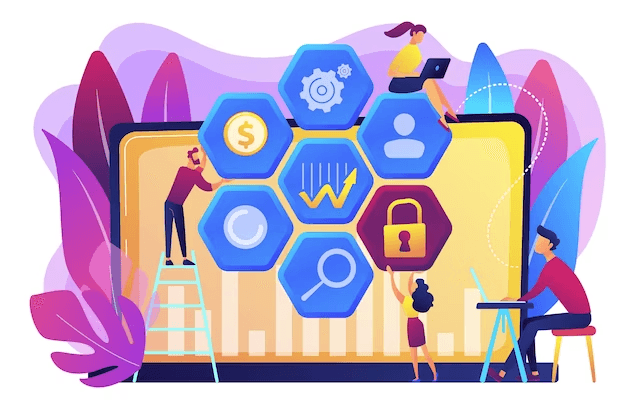
Provide strategies for overcoming these challenges.
Organizations overcome common challenges by implementing the following methods:
-
Developing a comprehensive communication plan: Organizations should build a comprehensive communication plan for the modernization process to overcome employee and stakeholder resistance. This might include regular updates on the project's progress, the advantages of the new system, and training opportunities to assist employees in adapting to new workflows.
-
Leveraging cloud-based solutions and third-party tools: To decrease resource constraints, enterprises may explore adopting cloud-based solutions and third-party tools. Cloud-based solutions enable scalability and eliminate the requirement for on-premise hardware, whereas third-party tools provide specialized expertise while eliminating the need for in-house development staff.
-
Partnering with technology experts: Organizations can explore working with technology specialists who can give expert advice and direction to help solve a lack of technical understanding of new technologies. This could include consultants, system integrators, or technology providers specializing in legacy system modernization.
By implementing these approaches, companies can overcome the big problems connected with legacy system modernization and ensure a successful modernization process.
Conclusion
Finally, addressing integration and compatibility worries in legacy systems is crucial to ensuring that firms can use current technologies to meet their business objectives. However, modernizing legacy systems can be complex and time-consuming, requiring careful planning, communication, and technical skill.
To successfully upgrade old systems, businesses must balance integration and compatibility with business goals, implement long-term strategies, and engage with skilled professionals to overcome these issues and add value.
Get our blog
Want the latest and greatest from our blog straight to your inbox? Chunk us your details and get a sweet weekly email.
Read more in our blog

Project Management
The Impact of Dynamic Pricing on Customer BehaviorExplore the impact of dynamic pricing on customer behavior and learn how to implement effective pricing strategies.

Project Management
Focus in Scrum: Keeping Your Team on TrackDiscover effective strategies to maintain focus within your Scrum team, overcome common challenges, and boost productivity.

Project Management
Key Metrics for Mobile App SuccessDiscover the essential metrics for mobile app success, from user acquisition and engagement to monetization and performance.
MLTECH SOFT